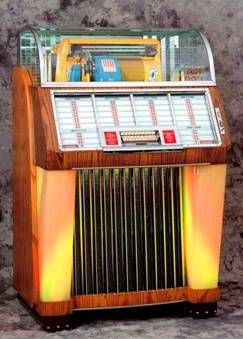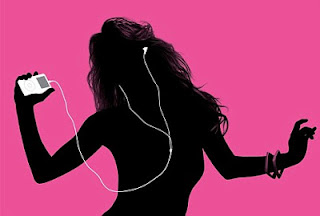Just take the iPod, for instance. A small, compact touch-screen device that can slot neatly into your pocket, and thanks to a sophisticated PCB layout, can store thousands of your favourite music tracks and play them back in supreme quality.
It’s the type of thing we take for granted now but just ponder for a moment those unlucky sods that came before us. I mean, a CD player? How impractical is that?! Replacing a disc every time you wanted to change artist? Ahh the hassle eh!
But what did folks do back in the 1800s? What was their iPod?
Well, perhaps the iPod of the 1800s was the object pictured below – a jukebox. Ok, so it wasn’t very portable and it certainly wasn’t personal enough to have headphones attached, but it did store and playback music.
Invented by Louis Glass in 1889, the jukebox was originally branded as the “Nickel-in-the-slot”. A pretty self-explanatory name really as, in order to activate it, you had to put a nickel in the slot. It wasn’t until the 1920s when radio was fully integrated that the jukebox was challenged for its top spot on top of the musical podium.
At this stage, listening to music had made a significant step into making itself personable to the listener. The influence of jukeboxes, only appropriate for establishments that could afford them, had dwindled while radios were becoming the way for individuals and families to consume the very latest musical hits and trends.
Music has made its way to the 21st century in some style. It’s just hard to imagine what we’ll be lauding in another 100 years.
This snapshot look at music over the past 300 years has been researched and written by Matthew Wood who is contributing for the PCB Design Services Concept CAD.



Leave a Reply